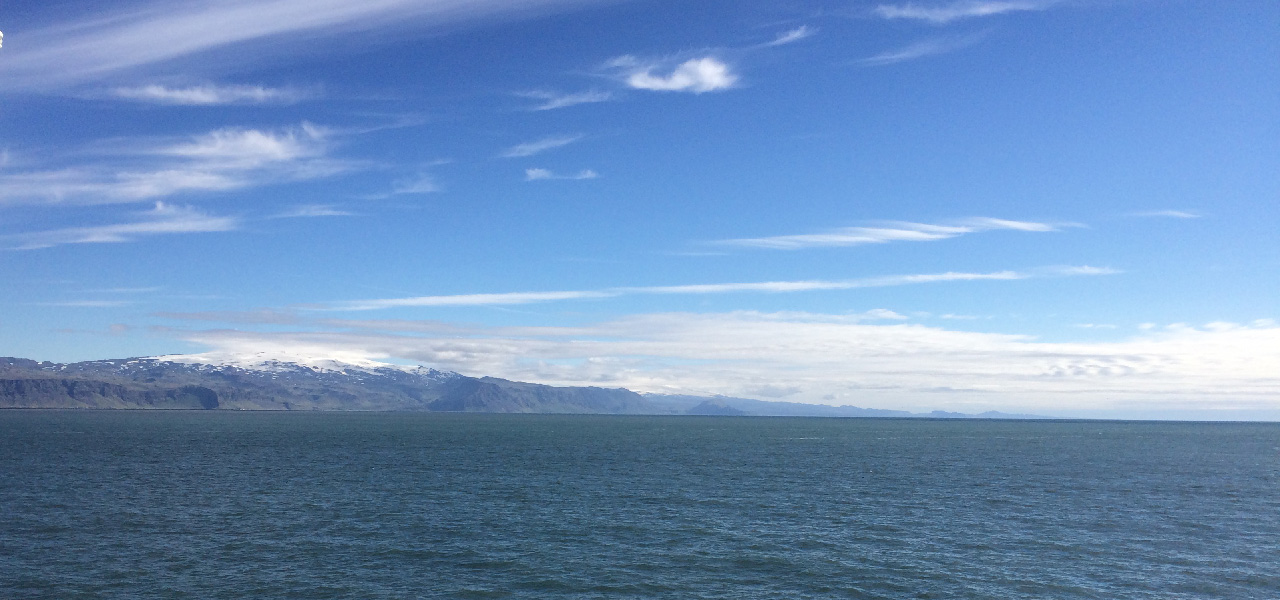
Increasing fish yield reduces land and water use by up to half
2021.9.24
A new article entitled “Environmental performance of blue foods” in the science journal Nature finds that fish and other aquatic foods (blue foods) present an opportunity for more sustainable diets with a low environmental impact.
Across all blue foods, farmed bivalves and seaweeds generate the lowest environmental impact. Capture fisheries predominantly generate greenhouse gas emissions, with small pelagic fishes generating lower emissions than all fed aquaculture fish, while farmed salmon and trout use the least land and water.
As a critical source of nutrition generating relatively low average environmental pressures, blue foods present an opportunity to improve nutrition with lower environmental burdens, in line with the Sustainable Development Goals to improve nutrition (Goal 2), ensure sustainable consumption and production (Goal 12), and sustainably use marine resources (Goal 14).
Blue foods, however, are underrepresented in food system environmental assessments and the stressors considered are limited. This article therefore examines the environmental performance across blue foods in a robust and methodological manner.
Improving feed conversion ratios reduces stressors across all fed groups, increasing fish yield reduces land and water use by up to half, and optimizing gears reduces capture fishery emissions by more than half for some groups.
To read the article click here



